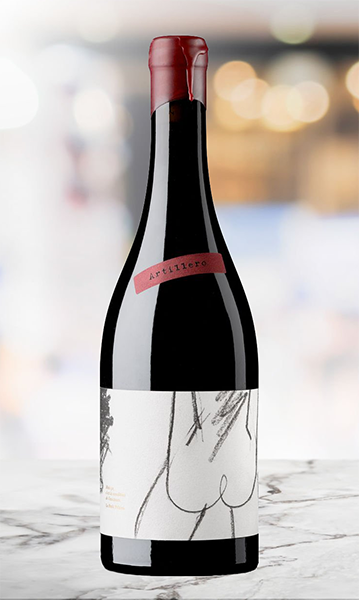
What Makes a Wine Dry?
We all love wine – but sometimes the terminology is a bit confusing! Some descriptors seem a bit kooky—I mean, who wants to drink a wine that smells like a wet dog—while others, like malolactic fermentation, or volatile acidity, seem a bit too technical for the average imbiber.
The truth is, there’s a language of wine that’s as deep and complex as wine itself, but loving wine doesn’t mean you don’t have to know it all. That said, understanding some of the more common terms will help you choose wines you’re sure to enjoy.
So today, let’s talk about dry wine. Dry white wine, dry red wine, dry rosé wine – what makes them dry? Why are they different? And should you care? Well, the last one is up to you, but let’s try to demystify the other points first.
Why Dry?
When we talk about dryness in wine, we’re mostly referring to its sweetness (or lack thereof). To understand dry wines, you first need to understand fermentation.
Fermentation is a chemical process that requires sugar and yeast. All ripe fruit contains sugar, which becomes food for the yeast. The yeast eats the sugar and turns it into alcohol and CO2. The more sugar the yeast consumes, the drier the resulting wine will be. Ultimately, if a winemaker wants to make a dry wine, they want the yeast to eat ALL the sugar.
So, in a nutshell: the riper the fruit, the higher the sugar level, the higher the potential alcohol in the finished wine.
When Dry Wines Aren’t Completely Dry
Wine can still be considered “dry” even if there is a small amount of sugar left over. This is called “residual sugar,” and a tiny bit in an otherwise dry wine can make it much fruitier than it would be otherwise.
Of course, other things in the wine contribute to the perception of dryness. One of those things is tannin. In grapes, tannin is in the stems, seeds, and skin. Grapes with thick skin, like cabernet sauvignon, will have more tannin and will seem drier, even if they have a bit of residual sugar. Oak barrels also contain tannin. You’ll know if a wine has high tannins when you get a dry feeling in your mouth and on your tongue – kind of like when you let a teabag steep too long—and by the way, that’s tannin too!
How to Tell If Your Wine Is Dry
Sometimes, you can taste a wine that’s rich and creamy, and because of its texture, you want to think it’s sweet – but looks can be deceiving!
Take a small sip and swish it around in their mouth for a few seconds. Let the wine touch every part of your mouth, tongue, and gums. Note the sensations you get on the sides and tip of your tongue. If you feel a little tingle at the tip of your tongue, that means it’s got some residual sugar. No tingle? No sugar!
But what if you can’t taste the wine before you buy? One trick that usually works (depends on the type of wine, but generally, this is true) is to look at the alcohol content. If it’s got an ABV of 12.5 percent or higher, it’s likely a dry wine. Less than that, you’re all but guaranteed some sweetness.






